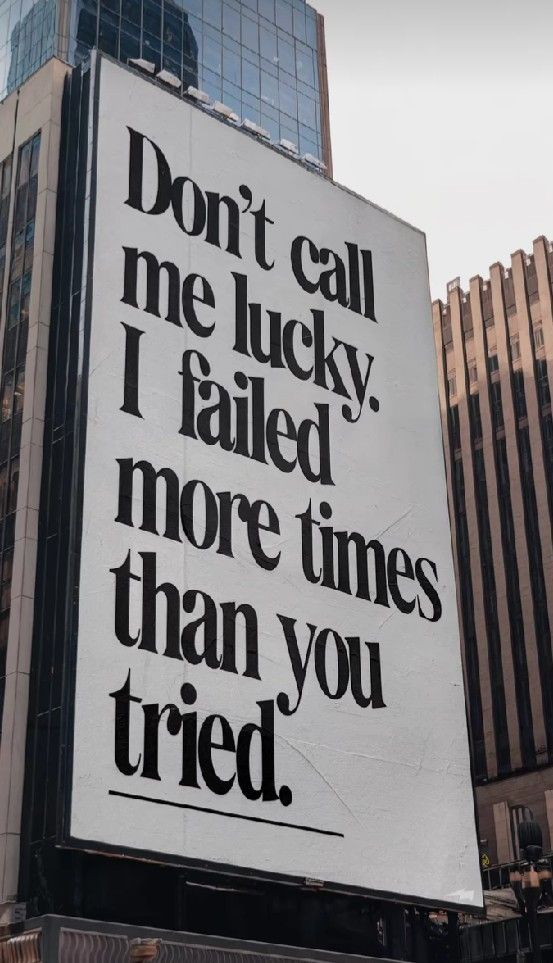Rosa Gimeno Sanz
In Australia, different states are following different approaches.
And yet, the way these programs are being delivered is incredibly diverse, which simply doesn’t make economic sense.Identifying this reality and presenting it in such a clear and accessible way has garnered a lot of support from the government.

The opportunity is clear to see.Sully doesn’t believe there will be any person, from any industry, political party, or part of the government, who will object to having better quality buildings delivered at lower costs, and providing better overall value.This is truly a better, faster, greener agenda.

We’re seeing a need to kickstart things as a result of COVID, but there’s also been a reset of some of the policy, and time to create policy, which is now coming to fruition..Transforming Infrastructure Performance: Roadmap to 2030.

The latest policy refresh has been to Transforming Infrastructure Performance.
The first TIP documents came out in 2017 around the suite of Industrial Strategy documents, setting out a vision for how we would start to drive value and deliver our infrastructure.We are interested in increasing quality, productivity, timeliness and cost effectiveness.
So we have to ask certain key questions from the outset, like: what’s the least amount of material that could possibly be used to build an asset?What’s the smallest number of times that asset could be touched or processed by people?
How productive can those people be?.Our goal with P-DfMA is lean construction.




